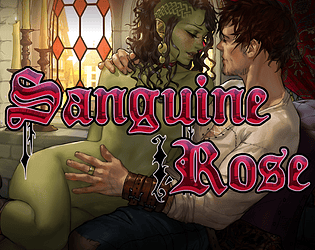The PlayStation 2's dominance, particularly its exclusive hold on early Grand Theft Auto titles, was a direct response to the emerging threat of the Xbox. This strategic move by Sony, revealed by former Sony Computer Entertainment Europe CEO Chris Deering, secured exclusive rights to three pivotal GTA games – GTA III, Vice City, and San Andreas – for a period of two years.
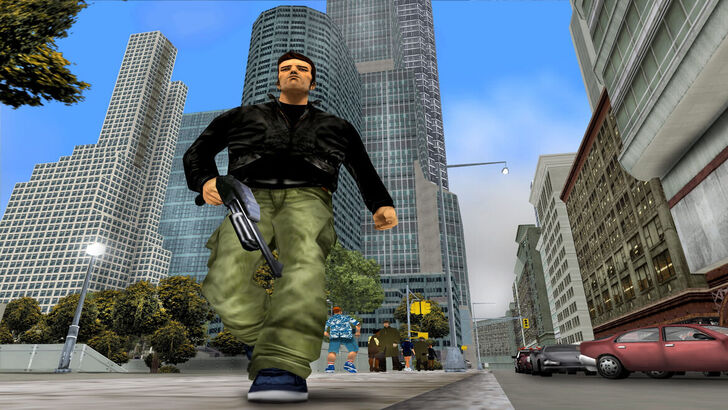
This wasn't a gamble; it was a calculated response to Microsoft's potential to lure developers with similar exclusive deals for the Xbox. The risk paid off handsomely. While Deering initially harbored doubts about GTA III's potential success given its shift to a 3D environment from the top-down perspective of its predecessors, the game's popularity propelled PS2 sales and solidified its place in gaming history.
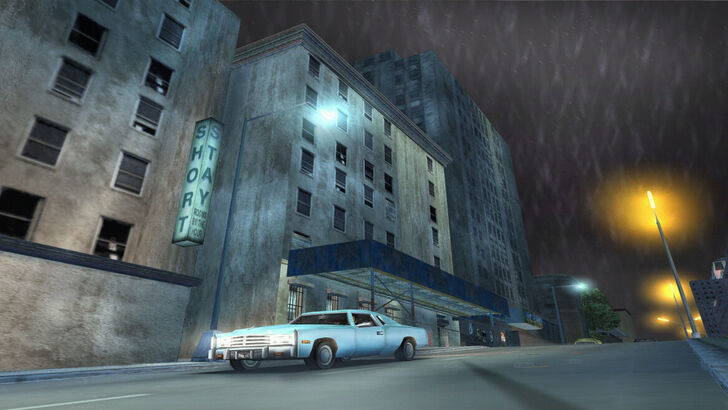
Rockstar's transition to 3D was a significant leap, transforming the GTA experience. Co-founder Jaime King confirmed that the technology simply wasn't available until the PS2's arrival, allowing them to realize their vision of a fully immersive, 3D open world. The success of these PS2 exclusives cemented GTA's place as a powerhouse franchise.
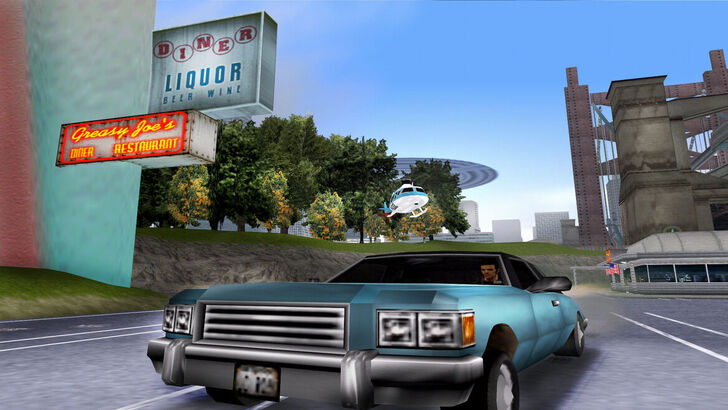
The enduring mystery surrounding GTA VI, with its limited promotional material, is, according to former Rockstar developer Mike York, a deliberate marketing strategy. The lack of information fuels speculation and organically builds hype within the community. York highlighted the developer team's enjoyment of fan theories and the organic engagement it generates, citing the Mt. Chiliad mystery as a prime example.
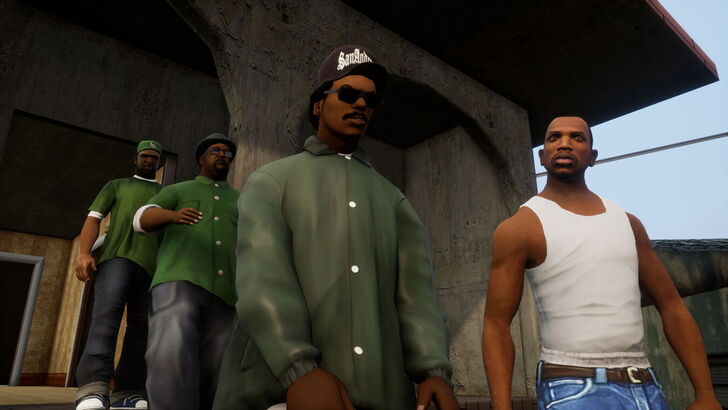

In essence, the story of GTA's PS2 exclusivity highlights the strategic maneuvering within the gaming industry, the impact of technological advancements on game design, and the power of controlled information release in marketing a highly anticipated title.








